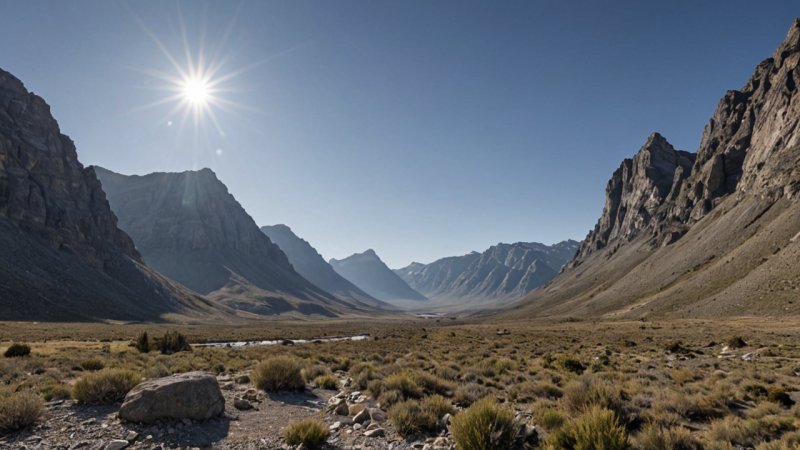Traveling to remote destinations can be an exhilarating experience, offering unique opportunities to explore untouched nature and immerse oneself in local cultures. However, it also comes with its own set of safety challenges. This guide aims to provide essential tips to ensure you stay safe while enjoying the beauty of these remote locations.
Before embarking on your journey, it is crucial to conduct thorough research about your destination. Understand the local customs, languages, and potential hazards. This knowledge will help you navigate the area with confidence and respect. Additionally, familiarize yourself with the nearest medical facilities and emergency numbers. In remote areas, access to healthcare can be limited, so knowing where to go in case of an emergency is vital.
Another key point is to pack wisely. Bring a first-aid kit equipped with basic medical supplies, including band-aids, antiseptics, and any personal medications. It's also wise to carry a portable charger for your phone, as many remote locations may have limited access to electricity.
Staying connected can be a challenge in remote areas, but it's important to have a reliable means of communication. Consider investing in a satellite phone or a personal locator beacon (PLB) which can help you contact emergency services if you find yourself in trouble. Always inform someone about your travel itinerary and check in with them regularly.
While exploring the great outdoors, ensure you are familiar with the terrain and weather conditions. Be aware of your physical limitations and choose activities that suit your fitness level. A sudden change in weather can lead to dangerous situations, so always stay informed about local weather forecasts.
Traveling in a group is often safer than going solo, especially in remote areas. Traveling with companions allows for shared responsibilities and increased safety. If you're venturing into particularly isolated regions, consider hiring a local guide who understands the land and its challenges. They can provide invaluable insights and help you avoid potential hazards.
Lastly, trust your instincts. If a situation feels uncomfortable or unsafe, it is perfectly acceptable to remove yourself from it. Always prioritize your safety over a desire to explore. Remember, the goal of traveling is to enjoy new experiences while remaining safe and healthy.
In conclusion, preparing for safety in remote destinations involves research, proper packing, staying connected, understanding your surroundings, and trusting your instincts. By following these tips, you can enhance your travel experience while minimizing risks. Adventure awaits, but safety should always come first!






